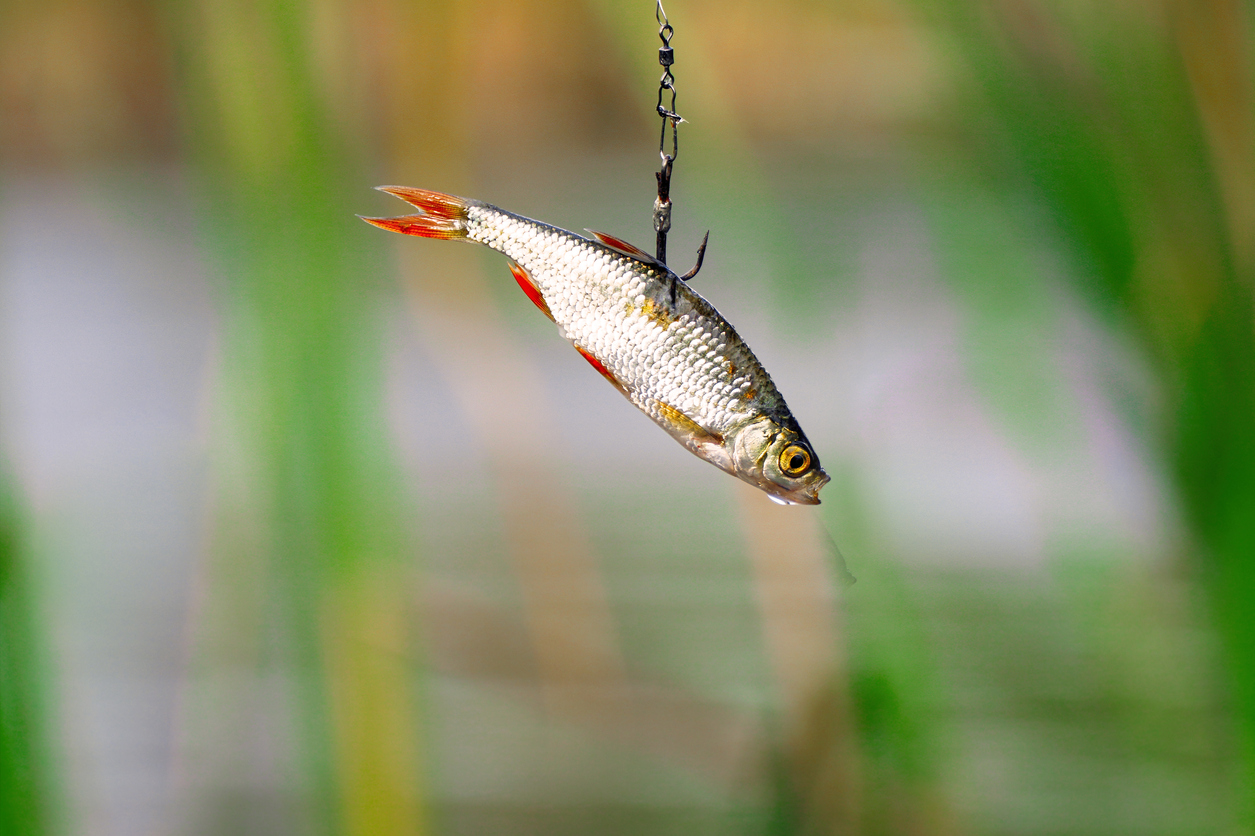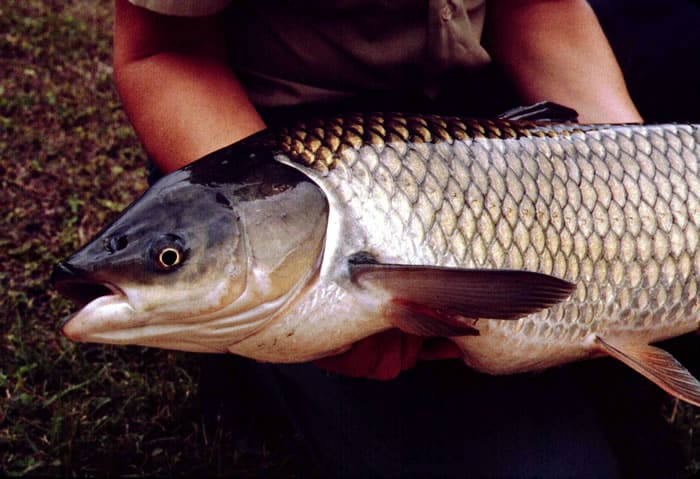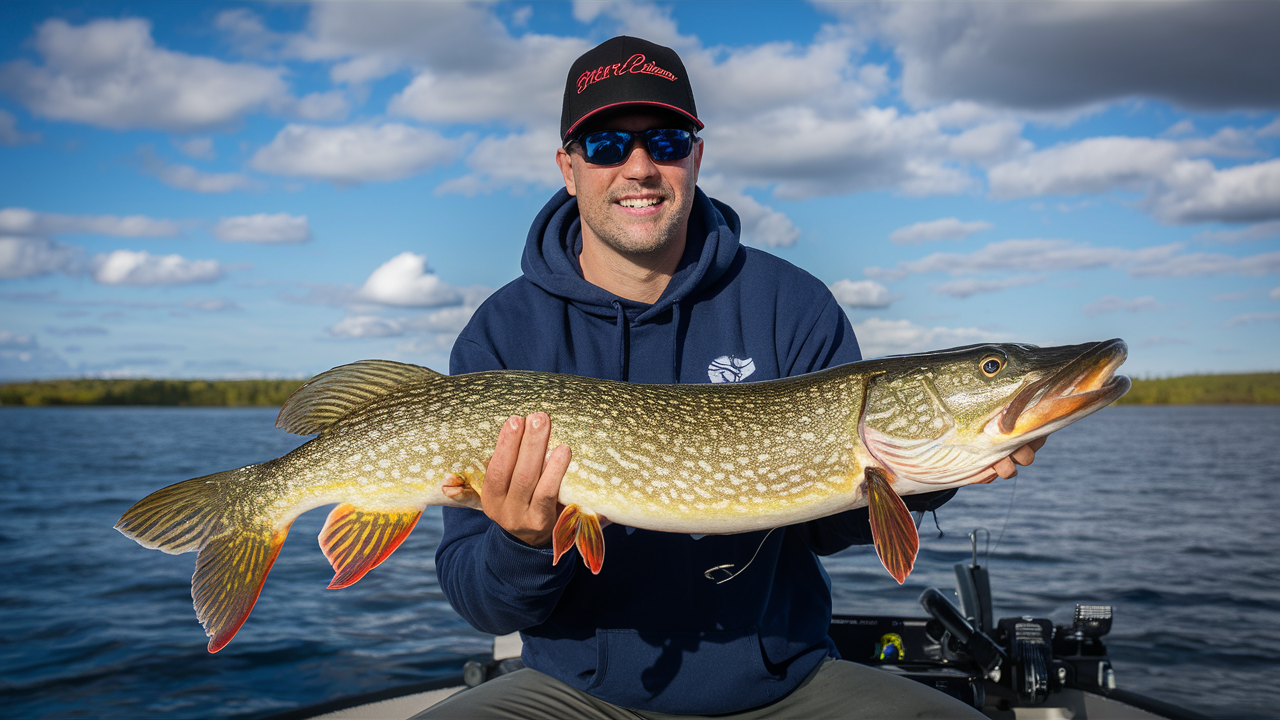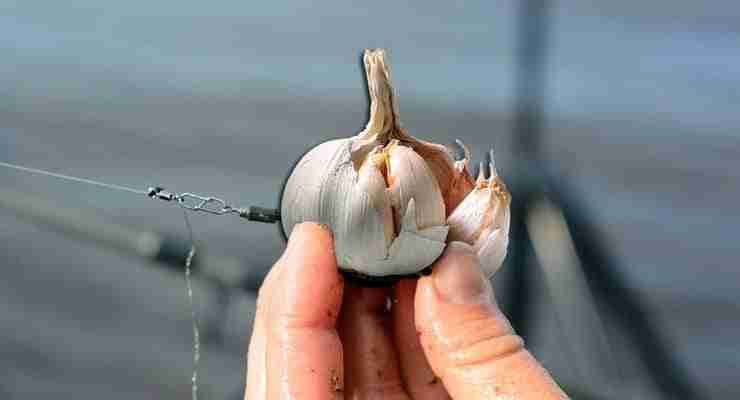
How to put a live bait on a hook

7 min read
Welcome to our guide on how to put live bait on a hook. Whether you are an experienced angler or just starting out, learning how to properly put live bait on a hook is an important skill to have.
Live bait can be effective in catching a variety of fish, but it is important to handle the bait carefully and properly rig it to ensure a successful catch.
In this guide, we will go over the steps for putting live bait on a hook and provide some tips for ensuring a secure and natural presentation of the bait to the fish.
Getting ready
If you still decide to comprehend the essence of this type of fishing, then first you should decide where and who you are going to catch:
- For pike on a stagnant pond, the best bait is crucian carp. You can use a roach or small perch. But the first is not as tenacious as crucian, and the second is more difficult to catch in sufficient quantities.
- In winter, when catching toothed, instead of crucian carp, you will have to hook a ruff.
- Verkhovodka is a favorite delicacy of perch. Both asp and pike perch are caught on it.
- On the rivers, when fishing a predator, minnow, bleak, and roach are usually hooked.
To catch a predator on live bait, you can use almost any fry, with the exception of individuals of valuable breeds.
Once you have decided where and who you will catch, you should stock up on live bait in advance. You can certainly buy live bait in a fishing store, but this method is not for real fishermen.
True lovers of fishing in the evening go to the pond to harvest live bait:
- For catching carp, an ordinary 5-6-meter fly rod is suitable;
- To catch perched water, use a lifting painter;
- Bleak is well caught in warm water.
Caught live bait must be placed in a dark, cool place. A basement or cellar is good. For storage and transportation, special containers are used - Cannes.
Choosing how to catch
There are three main proven methods for live bait fishing. Don’t reinvent the wheel. Just choose the method that seems the easiest to you.
How to put a live bait on a hook: Live Bait

The basis is an ordinary fishing rod with rings and an inertial reel:
- The size of the rod should be at least 5-6 meters;
- Fishing line with a diameter of at least 0.3 mm;
- A float of such carrying capacity that the live bait could not sink it;
- We ship the float to half;
- It is better to tie a leash of metal or fluorocarbon fishing line.
Usually single, double, or triple hooks are used. Double hooks are recognized as the most justified. They increase the chance of catching, compared to single ones, and at the same time injure the fish less.
Except for the fact that instead of spinning, horns and foam mugs are used:
- A bell is used to signal a bite on the vent.
- The hermits are set on the shore, while the mugs float freely on the surface.
- The mugs are painted top and bottom in different colors (red and white). When biting, the circle turns over.
As a rule, the first and second methods are caught on rivers with a large current. Mugs are used in stagnant water bodies, and vents - in shallow water with a moderate current.
Planting
How to put on a “hook in live bait”? If all of the above was a simple and rather theoretical matter, then the question of how to put live bait on a hook will require a certain skill.

The fry is hooked in different ways:
Behind the back. The most common mounting method. It is advisable to use a double or triple hook, which is used to pierce the back behind the fin. The main thing is not to damage the spine, otherwise, the live bait will die. This method has proven well in stagnant water when catching pike on mugs.
Through the gills. To begin with, it is worth passing the loop of the leash under the gills so that it comes out through the mouth. Then a double hook is attached to the loop. Slowly pulling on the leash, you should ensure that the bows of the hook rest against the lips of the fish. With this method, your live bait will remain tenacious longer and you will rarely have to put on a new one.
For the tail. The essence of the method boils down to the fact that a thread is tied around the tail of the fish or a small elastic band is put on. A hook is threaded into it. The fish, trying to free itself, creates a specific game, attracting a predator. This method is not suitable for pike fishing. The pike easily cuts the thread or elastic, releasing the bait.
For the lip When fishing in a large current, you will have to use this method. The live bait should be put on the hook, passing through the lips. With this method, live bait does not live long.
Alternatively, you can thread the hook through the nostrils of the fish. The main thing is not to damage the brain.
There are other options for how to plant live bait, but they are not widely used and are used by a few anglers.
Tips on how to keep the live bait alive and fresh for fishing.
When it comes to fishing, live bait is essential for a successful trip. However, keeping your bait alive and fresh can be a challenge.
Here are a few tips to help you keep your live bait alive and fresh:
1. Keep your bait cool – One of the best ways to keep your bait alive and fresh is to keep it cool. If you are using live bait fish, store them in a cooler filled with ice. This will help keep them fresh and cool for longer periods. If you are using live bait worms, store them in a cool, dark place.
2. Keep your bait oxygenated – Another way to keep your bait alive and fresh is to keep it oxygenated. If you are using live bait fish, you can do this by aerating the water in the cooler with an air pump. If you are using live bait worms, you can keep them fresh by storing them in a container with moistened peat moss.
3. Change the water regularly – Regardless of what type of live bait you are using, it is important to change the water regularly. This will help keep the bait from getting stagnant and will help keep it alive and fresh for longer periods.
These tips, you can help ensure that your live bait stays alive and fresh for your next fishing trip.
Experienced Tips
There are no scientifically substantiated statements about the predilection of this or that predator for a certain type of live bait. The [bite is influenced by numerous factors: time of year, atmospheric pressure, temperature, etc.
However, there are still several patterns that will contribute to a successful catch:
- Don’t use too small a bait. The bigger it is, the longer it will live, and the bigger the fish will want to eat it.
- Attach the bait as carefully as possible so as not to damage it. So she can attract a predator longer.
- Do not forget to inspect the bait and change the sleeping bait periodically.
- When biting, do not rush to hook immediately. Let the predator take the bait well. So, the pike takes the bait and retreats a couple of meters.
- After a while, the fish begins to unfold and swallow the live bait. It is worth hooking it up only after the second pull.
Baiting live bait is a simple matter. You should not devote much time to the theoretical part of how to properly plant the live bait. In this case, only your own experience will help you. So keep it up! And as they say: “No tail, no scales!”
Conclusion
In conclusion, putting live bait on a hook is an important skill for anglers to master.
Remember to handle the bait gently and carefully to avoid damaging it, and choose the right hook size and rig for the type of bait and fish you are targeting.
With a little practice and patience, you will become proficient at putting live bait on a hook and increase your chances of success on the water.


